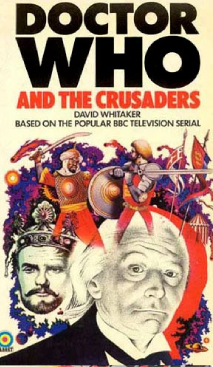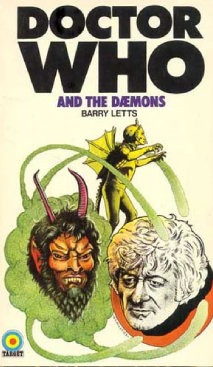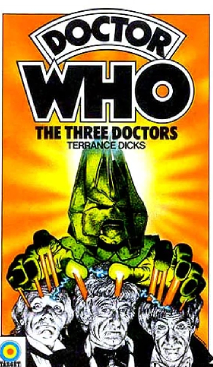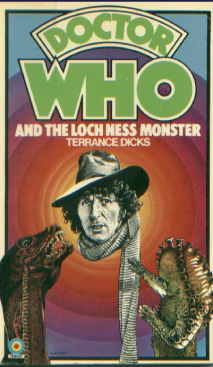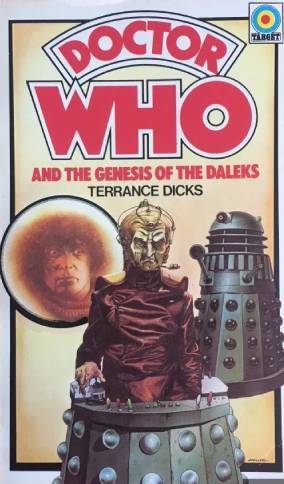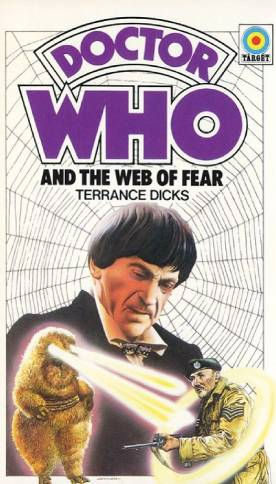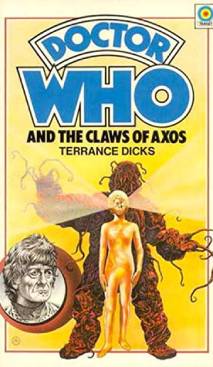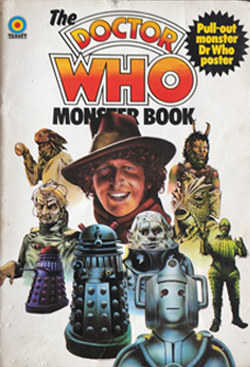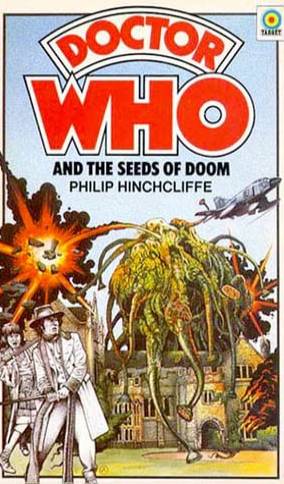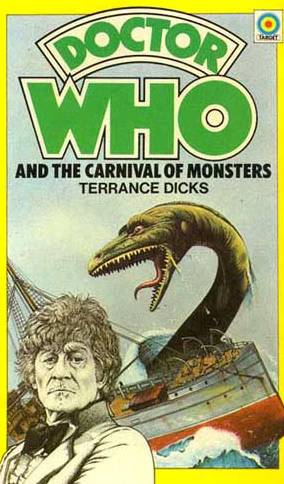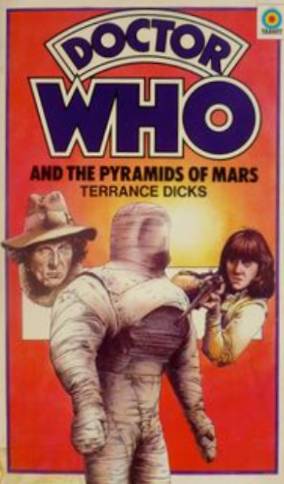I was recently a guest on the Doctor Who Literature podcast discussing this blog with the host, Jason Miller. In preparing for the interview, I decided to set myself the task of compiling a top ten Target books list (we’re fans – we love lists!), but with the added challenge of only allowing one book per author. It’s not easy as I already had a few tomes that I’d revisited over the years and now I’ve discovered some real gems among the ones I’d not read before.
I’m not listing these in any particular order, this is just how the titles came to mind and shuffled themselves into position. Oh – with one exception – I knew Terrence Dicks had to be in the mix, so I deliberately chose his one last. Also, these aren’t even necessarily the best of an author’s work, they’re just the ones I like the most. Feel free to share your own preferences in the comments below.
The Dinosaur Invasion

I’ve said this elsewhere but the thing that struck me in this was that Hulke takes time to describe a character’s ‘badly bitten fingernails’. That level of insight blew my mind when I first read this, realising that other people might notice I was a nail biter (I still am – terrible habit, but so moreish!). I hadn’t seen the TV version by this point so the opening scenes with Shughie didn’t strike me as anything special, apart from being really thrilling. The first edition of this also has the best cover art ever.
The Ark in Space
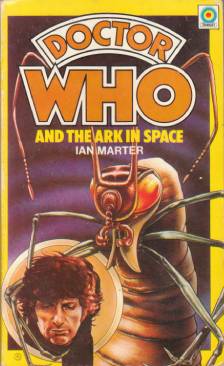
Ian Marter’s first novel and it’s a sidestep into horror that doesn’t make consessions for children. A lot of Marter’s tropes are present here, specifically the gloopiness of the Wirrrn grub and the general wetness of Noah’s transformation. If I’m being honest, Harry Sullivan’s War is my absolute favourite of Marter’s, but Ark in Space comes out on top out of his ‘proper’ Who books.
Remembrance of the Daleks

The book where everything changes as Ben Aaronovich invents the New Adventures, with the guidance of editor Peter Darvill Evans. The characters are fleshed out with back-stories, we see events from the perspective of the Daleks and Ben’s skill at world-building creates brand new elements that somehow feel as if they’ve always been part of Who lore. Another first-time novelist here and it’s an absoluite game-changer.
City of Death

James Goss sticks much closer to the televised script than in his expanded first adaptation, but there’s still so much more to this than just transposing the script to the page. Goss captures the breathless giddyness of Douglas Adams’s writing without slavishly copying it and even before the first proper page, there’s one of the best jokes in the entire series as The Changing Face of Doctor Who makes a welcome return.
The Crusaders

I still don’t know for sure if I ever read this as a child – a pure history adventure didn’t match my understanding of what Doctor Who was. But I must have read some of it at least, if only to come to that opinion in the first place. Whatever, it’s a cracking adventure with a cinematic scale. Reading this back in July 2020, I was aware that I was excited to discover something so thrillingly new in one of the oldest books in the range. It made me wish Whitaker had written more.
The Myth Makers

Another historical and another adventure I read for the first time as part of this project. Donald Cotton is ridiculous – and I mean that as a huge compliment. He gives us a narrator who isn’t even in the TV version (or at least, is very clearly not present in most scenes) and comes up with the most hilariously tenuous explanations for how he might have witnessed events (such as hiding behind a bush just out of range for the cameras to have picked up up on telly). All three of Cotton’s Who books are marvellous, but this just wins its place for me through sheer audacity.
Rose

Some of the authors struggled to stretch 45 minutes of screentime into a novel, but that’s not a problem for Russell T Davies. It’s told from Rose’s point of view, as on TV, but with the benefit of knowing who she becomes, it’s not afraid to show her negative points too. We discover that Mickey has a whole peer group who just didn’t make it onto our screens in 2005 and the climactic ‘Battle of London’ gives us all the violence of the rampaging Autons that couldn’t be shown at tea-time. This instantly went into my top ten, long before I knew I was compiling one.
Ghost Light
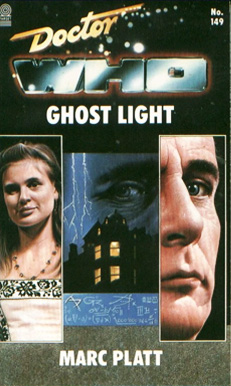
Marc Platt’s adaptation of Battlefield managed to make me love an Arthurian story in a way I’ve never managed before, but that was an adaptation of someone else’s work. Ghost Light is pure Marc Platt, as deep and cerebral as its TV original, but with the added bonus of Marc Platt’s exquisite writing style. It also gets bonus points for Alister Pearson’s most beautiful cover art.
The Mutation of Time
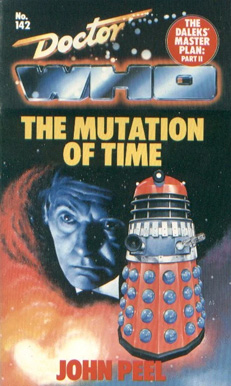
… or “Doctor Who – The Daleks’ Master Plan Part II: The Mutation of Time”. It might well have been that I took against John Peel because I disliked his New and Missing Adventures, but after rereading his Dalek books I might need to give those Virgin books another go. It’s a bit of a cheat picking this particular volume, part two of the epic adventure, but it really shows off Peel’s skills at staying true to Terry Nation’s vision without feeling shackled to it. All of his Dalek books are marvellous though.
Day of the Daleks

One of my most reread Who books (my copy is battered), and another one where I was too young to have seen it on first broadcast, so I wasn’t so thrown by the new scenes in the prologue as much as I was when I saw the story on VHS and they were ‘missing’. Again, there might be better Terrance Dicks books – his later Third Doctor ones are particularly strong – but this is my most cherished.



